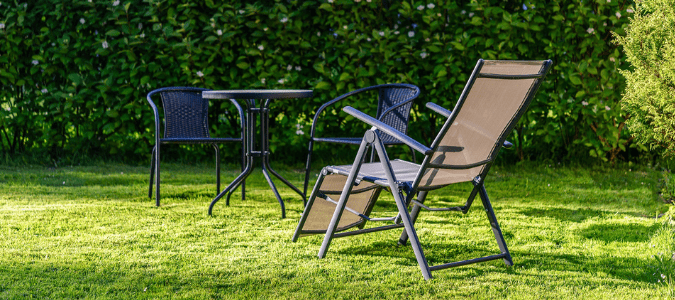
Most homeowners quickly realize that keeping a healthy, green carpet of grass in their yards is much more difficult than they originally anticipated. While most species commonly found in residential areas share similar characteristics, there are some distinctive qualities that make some types do better or worse under some conditions, particularly in parts of the country that are hot with little rainfall.
The most common warm-season species are bermudagrass, buffalo grass, centipede grass, seashore paspalum, St. Augustine and Zoysia grass. Zoysia is a popular choice for homeowners because it can tolerate shade, drought, cold and traffic. Better yet, these species have a low fertilizer requirement. With dozens of varieties to choose from, Zoysia grass types can provide slightly different advantages, depending on what you need, how much time you want to spend on your lawn and the conditions in your lawn. The quality and availability of each cultivar can vary by region, making the decision of which type of grass will thrive in your lawn even more complicated.
In this post, we’ll talk about four of the most common Zoyzsia grass types—Zoysia matrella, Zoysia japonica, Emerald zoysia grass and Empire zoysia—to help you determine which variety, if any, is best for your outdoor spaces.
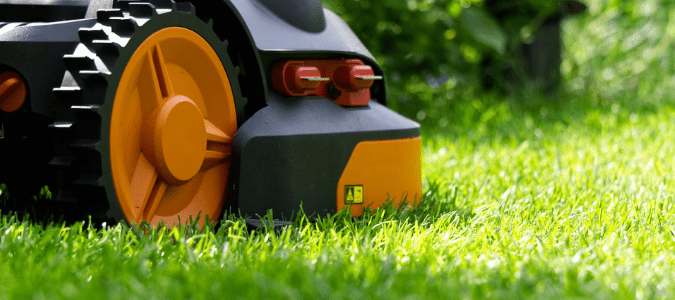
Zoysia Matrella: Manila Grass
Zoysia matrella grows well in moderate shade and can get quite dense in full sun, making it one of the most predominant grass types in southern parts of the United States. Sometimes called Manila grass, since it was brought over from the Philippines in 1911, this perennial does well in tropical and subtropical climates. Manila grass was first introduced in Alabama in the 1940s. While this variety grows well as far north as Connecticut, Zoysia matrella can turn brown after a few hard frosts, only returning to is normal green color again when spring arrives.
Manila grass leaves are more pointed, narrow and wiry than other varieties. The blades can become curled and usually grow to be between one and three inches long. The main disadvantage of Zoysia matrella is that this type of grass can take several years to get established. In addition, when compared to Japanese lawngrass, Z. matrella is less winter hardy. Manila grass varieties are preferred in environments such as golf courses, since they look great, can tolerate a low mowing height and require minimal fertilizer and water. Some of the available cultivars include Cavalier, Diamond, Omni, Pristine Flora, Rollmaster, Shadowturf, Zeon and Zorro.
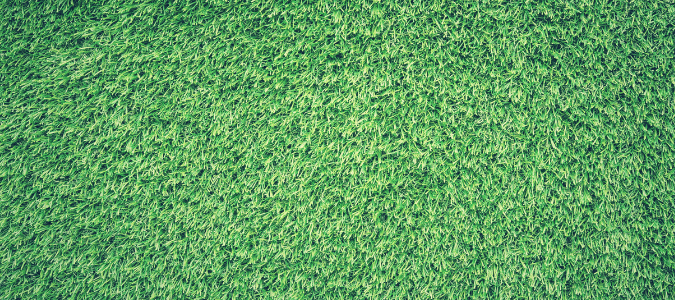
Zoysia Japonica: Japanese Lawngrass
Zoysia japonica, more commonly known as Japanese or Korean lawn grass, was introduced to the United States in 1895—a bit earlier than Manila grass. When compared to other Zoysia grass types, Z. japonica is faster growing and more cold tolerant. Japanese lawngrass is the only type of zoysia that you can grow from seed, although most homeowners find that putting in sod or plugs provides a higher-quality turf. This grass type is light green, hairy leaves and is coarse in texture.
Cultivars include Meyer Zoysia grass, which is often advertised as “super” grass because it spreads more quickly than most other Zoysia varieties and is relatively cold tolerant. If you are considering adding this to your lawn, you should know that it can be susceptible to nematode damage. Another type of Z. japonica variety is Belaire, which can get established even faster than Meyer grass. While it has a medium green color and boasts an excellent cold tolerance, Meyer grass is vulnerable to large patch.
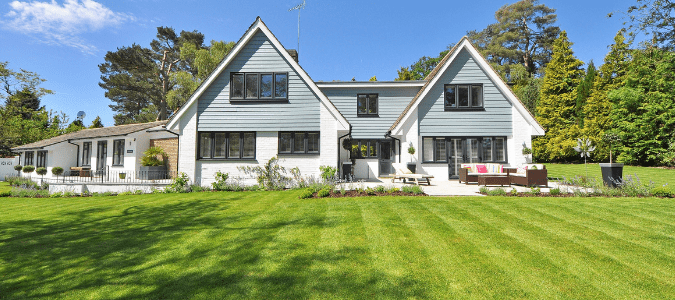
Emerald Zoysia Grass: The Cadillac Of Turf
Considered by many as most attractive zoysia grass type, this hybrid between Z. japonica and Z. tenuifolia has a fine leaf texture and dark green blades. While it is similar in many ways to Manila grass, Emerald grass spreads faster. Used when a top-quality lawn is desired, Emerald Zoysia has a low growth habit and is relatively shade tolerant. Released in the 1950s, Emerald Zoysia quickly became a popular turfgrass variety. A few reasons you may not want to add this type of grass to your yard is that it has less winter hardiness, can develop excess thatch quickly if over-fertilized and is vulnerable to brown patch.
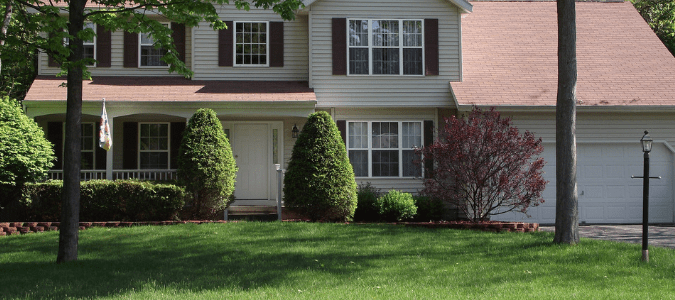
Empire Zoysia: Deep Green Coverage
This coarse-bladed cultivar is perfect for residential areas with a nice green color. With blades that are soft to the touch, Empire Zoysia has deep, thick roots and spreads relatively quickly. This type of Zoysia has moderate to good shade tolerance and good to excellent drought tolerance. With excellent heat tolerance and excellent cold hardiness, it’s easy to see why Empire Zoysia is a popular choice for lawns. The only setting where Empire doesn’t do as well is in shady spots. Similar to other Zoysia grass types, brown patch can damage Empire grass.
Zoysia Grass Maintenance
Zoysia grass does require regular maintenance to stay healthy and pest-free. Between three and five applications of lawn amendments during the growing season will help promote growth and maintain good coverage. As with other parts of your landscape, you may need to water your grass more often to help it stay green, particularly during prolonged periods without rainfall. With regular fertilization, irrigation and mowing, you should be able to avoid the need to apply pest control treatments on your grass.
You may need to mow your Zoysia grass as often as weekly. These grasses can be hard to mow because of the leaf composition and thickness. Zoysia does best when mowed as short as possible; somewhere around two inches allows most varieties to thrive. For best results, use a reel mower. You can also use a more traditional lawn mower, if you regularly sharpen the blades and set the mowing height at two inches. Using a dull mower blade can result in tearing instead of cutting your grass, and any ragged edges make your plant more vulnerable to disease. Your blades will typically need sharpening after mowing about 15 thousand square feet.
To make sure your grass is getting the moisture it needs, you’ll want to avoid more frequent, quicker watering sessions, since usually results in more shallow root systems which suffer more during drought-like conditions. Schedule your sprinklers to run so that your lawn receives between about three-quarters to an inch of water and make sure your turf dries out before your next watering session.
January Through April
During the coldest months of the year, when your grass becomes dormant, you can set your mower height a little shorter—between and inch to an inch and a half high. If you cut any shorter, you will risk scalping your grass. At what temperature does grass stop growing? While each variety is slightly different, most species enter a slower period of growth when temperatures are consistently below 55 degrees Fahrenheit. You can re-adjust your mowing height again in late April or early May. During the cooler months, collect your clippings so that you can remove winter growth or rake away dead material from the surface of your lawn. In most cases, these clippings won’t contribute to thatch, since they tend to decompose quickly.
Since Zoysia grass can become quite dense, you may have a problem with thatch or soil compaction. If thatch is more than an inch thick, use a specialized rake to remove older plant matter from your grass. Having your yard aerated, either by yourself or by a lawn professional, can allow air to penetrate down to the roots of your grass. If you decide to apply a pre-emergent herbicide to discourage weed growth in late February or early March, you’ll want to delay aeration until your next treatment, which is usually about 8 to 10 weeks after the initial application.
Mole crickets and grubs can be a problem for Zoysia grasses, although these lawn pests usually are inactive in colder temperatures. During this time of year, you’ll want to test your soil to determine the best fertilization schedule for your lawn. You can risk damage to your grass by applying fertilizers with nitrogen if a late frost occurs. You should continue to water your lawn over the winter months to prevent turf loss.
May To August
During peak growing season, mow your grass somewhere between one to two and a half inches. Most Zoysia grass types will do well at an inch and a half tall. If your grass is located in part shade, aim for between two and two and a half inches. When rainfall is scarce or temperatures are high, allow your Zoysia grass to grow slightly higher. Based on what soil type you have, you may need to fertilize with sulfur or lime during this time of year. If the pH of your soil is higher than 6.5, apply sulfur to get your levels between 6.0 and 6.5. Only apply sulfur when the outdoor temperature is below 70 degrees Fahrenheit. Nitrogen-based fertilizers are typically applied to Zoysia grasses in early, mid and late summer. You may also need to supplement your lawn with potassium or phosphorus.
How often should you water a lawn in summer? Water needs will vary, but you can start by watering between three-quarters of an inch to an inch in the morning. Check for signs of moisture stress to determine how often you will need to water (and of course, keeping in mind any local watering restrictions). If your lawn is too dry, you may notice a bluish tint. In the late evening, if you walk across your grass barefooted, the grass will rebound if it has adequate moisture. Footprints will remain if it’s too dry. You can address dry spots by hand, as needed. If you are struggling to come up with a summer watering schedule, you may want to keep in mind that turfgrass specialists recommend watering infrequently and deeply.
Insect pests—namely, mole crickets, grubs and ground pearls—become more of a problem during these months of the year. Nematodes can also cause damage to your grass. A treatment solution is usually the most effective for mole crickets and grubs in mid-July, when these insects are nymphs. Brown patch and dollar spot can also take their toll. Improper watering and inadequate drainage are often culprits for these lawn diseases. If a preventative weed control product was not applied in early Spring, homeowners can use post-emergent herbicides to control summer weeds. Grassy weeds can be avoided with the use of pre-emergent herbicides in the late winter and early Spring. Try to avoid using herbicides when it’s warmer than 90 degrees Fahrenheit.
September Through December
You’ll want to keep mowing your Zoysia grass regularly until fall weather arrives. Once nighttime temperatures drop below 70 degrees, raise the height of your mower just slightly. This will help your grass better weather the first frost. You may want to add a lime or sulfur-based fertilizer at this time, but avoid applying nitrogen to your grass during this time period. Continue to water your lawn during periods of little to no precipitation. When your grass moves into its dormancy phase, continue watering, as needed, especially on warm, bright days.
During these months, you may notice damage on your lawn from pests that were not eliminated earlier in the year. Apply any control treatments before the first frost. Diseases, particularly brown patch, can spread quickly on your lawn during the fall months, so it’s critical to apply fungicides. When the days get shorter, lawns can take longer to recover from associated damage. Applying a preventative treatment product in early October can help your grass be more resilient. Different herbicides can be applied throughout the fall and winter months, depending on which types of weeds you are seeing.
ABC Can Help Restore Your Lawn
An explosion in the number of turfgrass varieties in recent years has left many homeowners considering replacing patches or larger areas of grass completely overwhelmed. With what can amount to a significant investment and so many choices, deciding what grass type is best for your yard is a decision that is much easier to make with the help of local experts. That’s where ABC Home & Commercial Services comes in. Our pros know all about the soil types and grass varieties that work best in your area, and can recommend which types would best fit your needs. We can help get your grass put in and keep it maintained, all year long. With ABC’s help, your lawn can be the envy of the entire neighborhood.